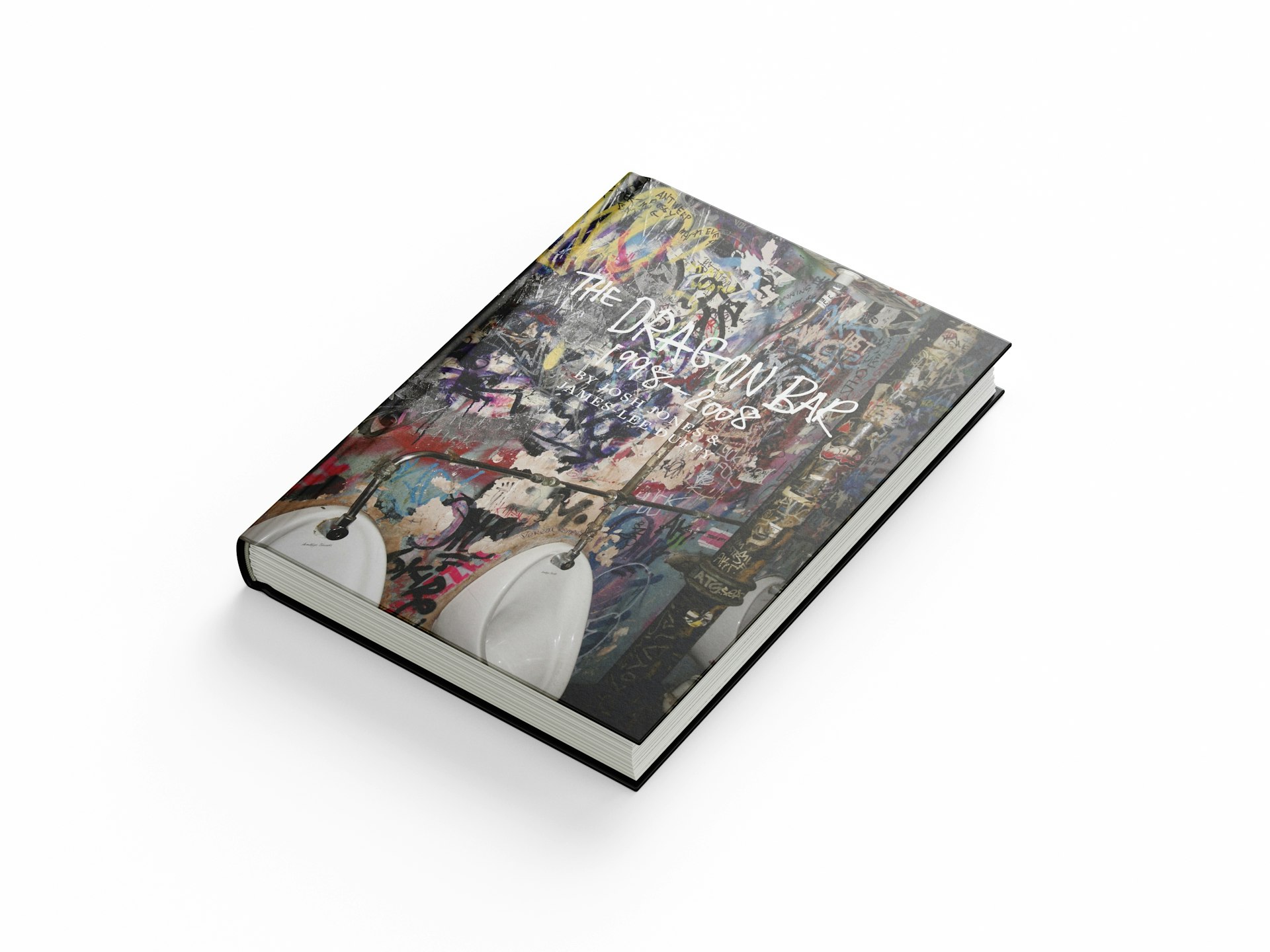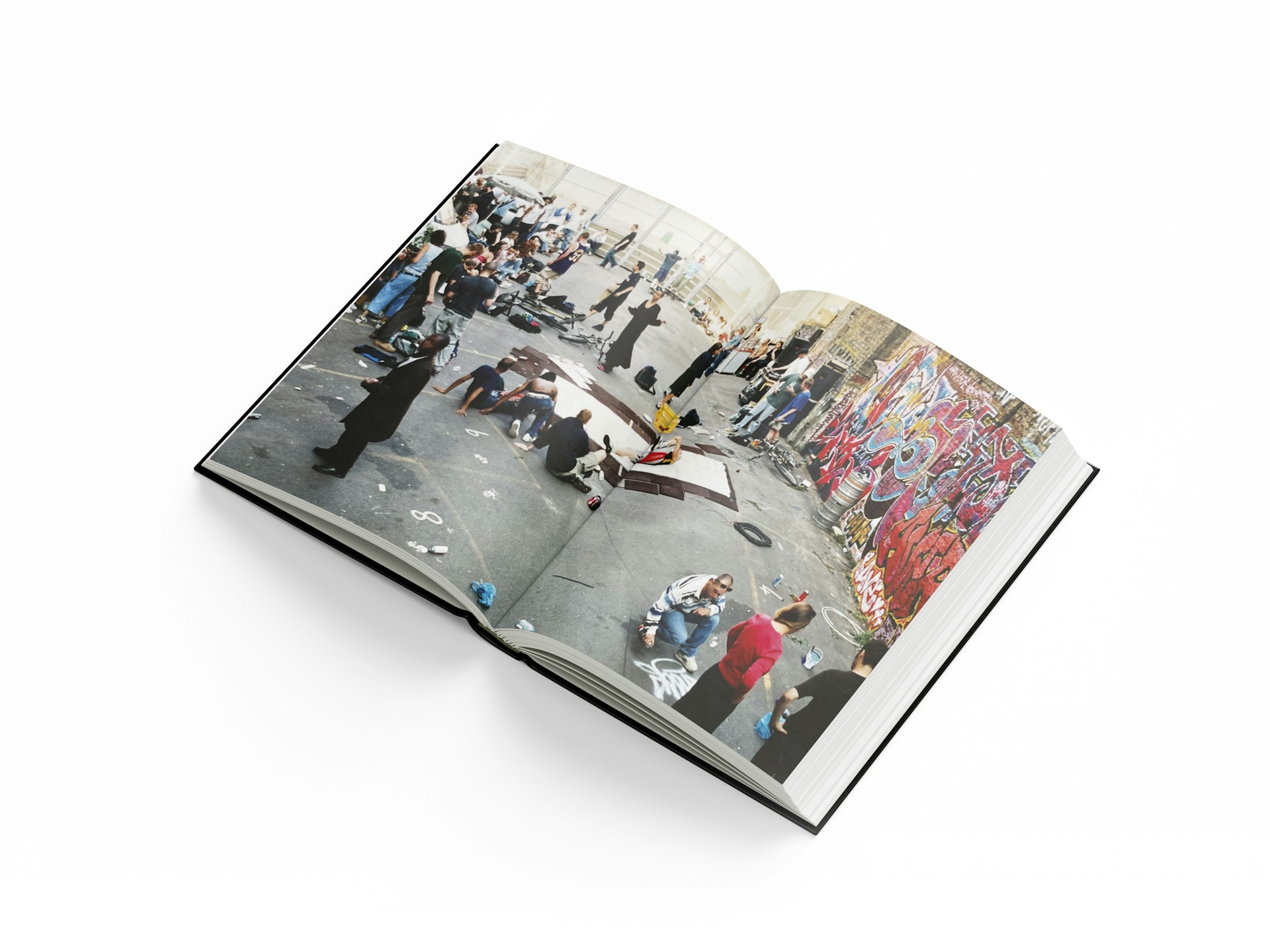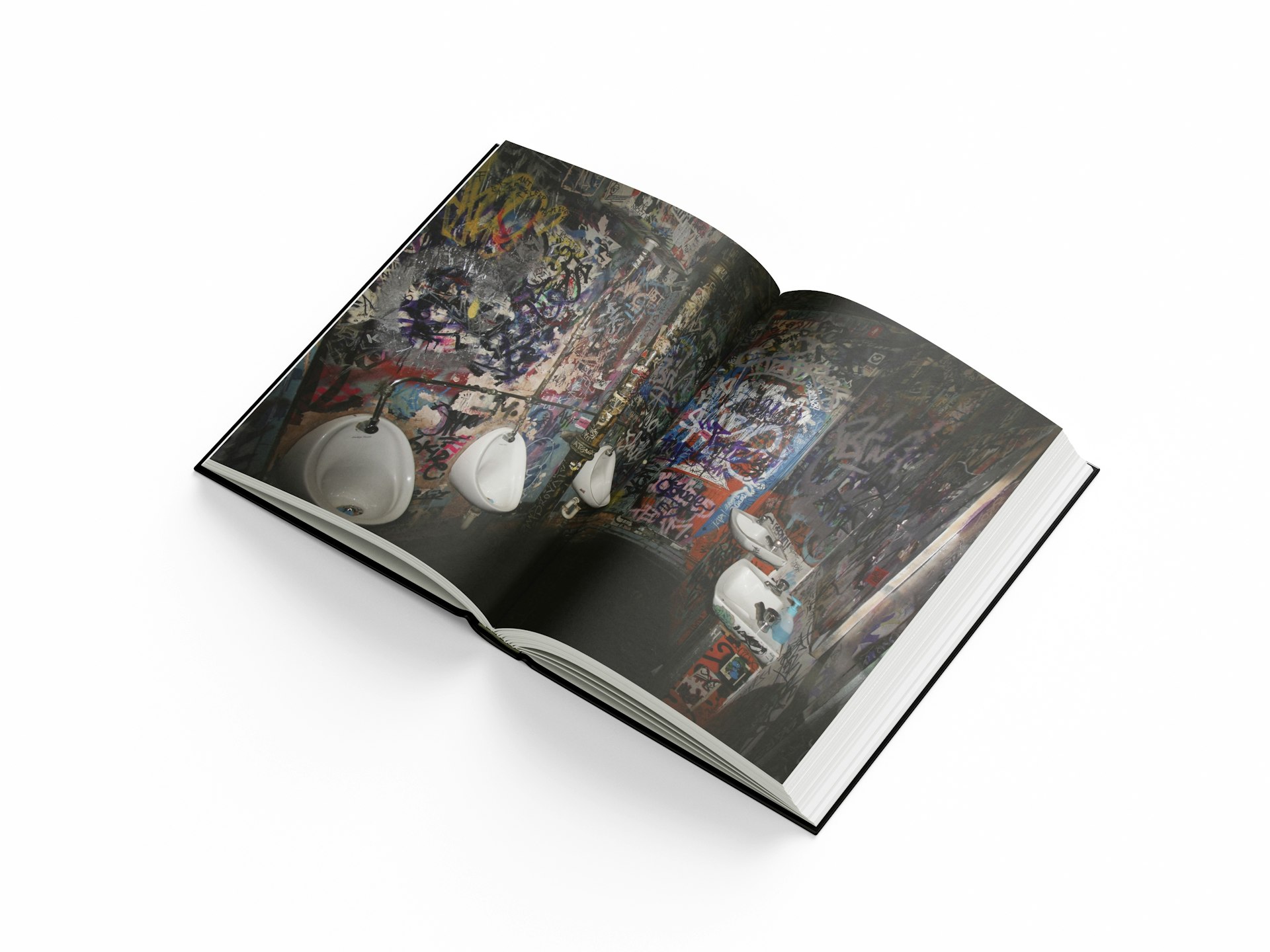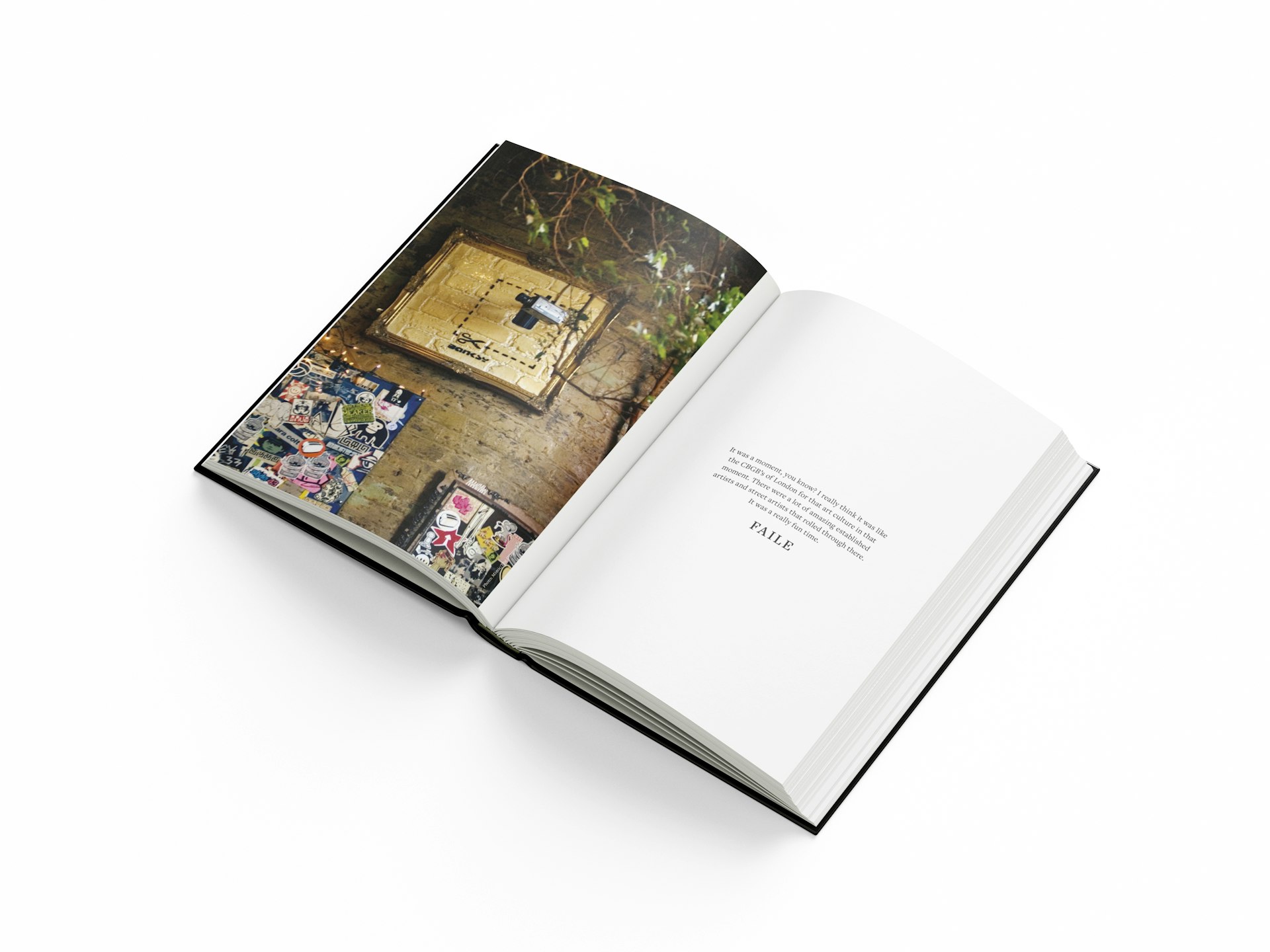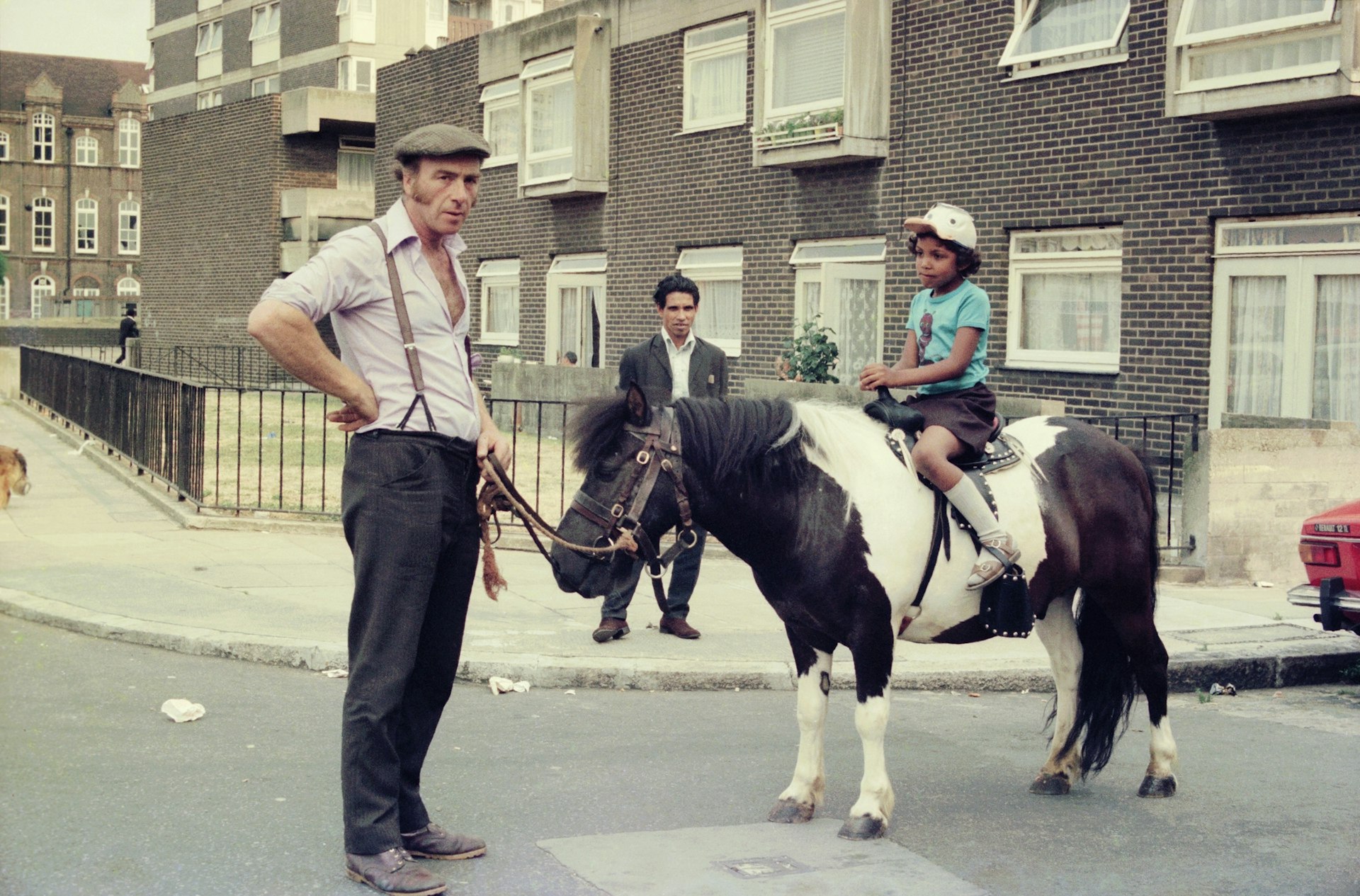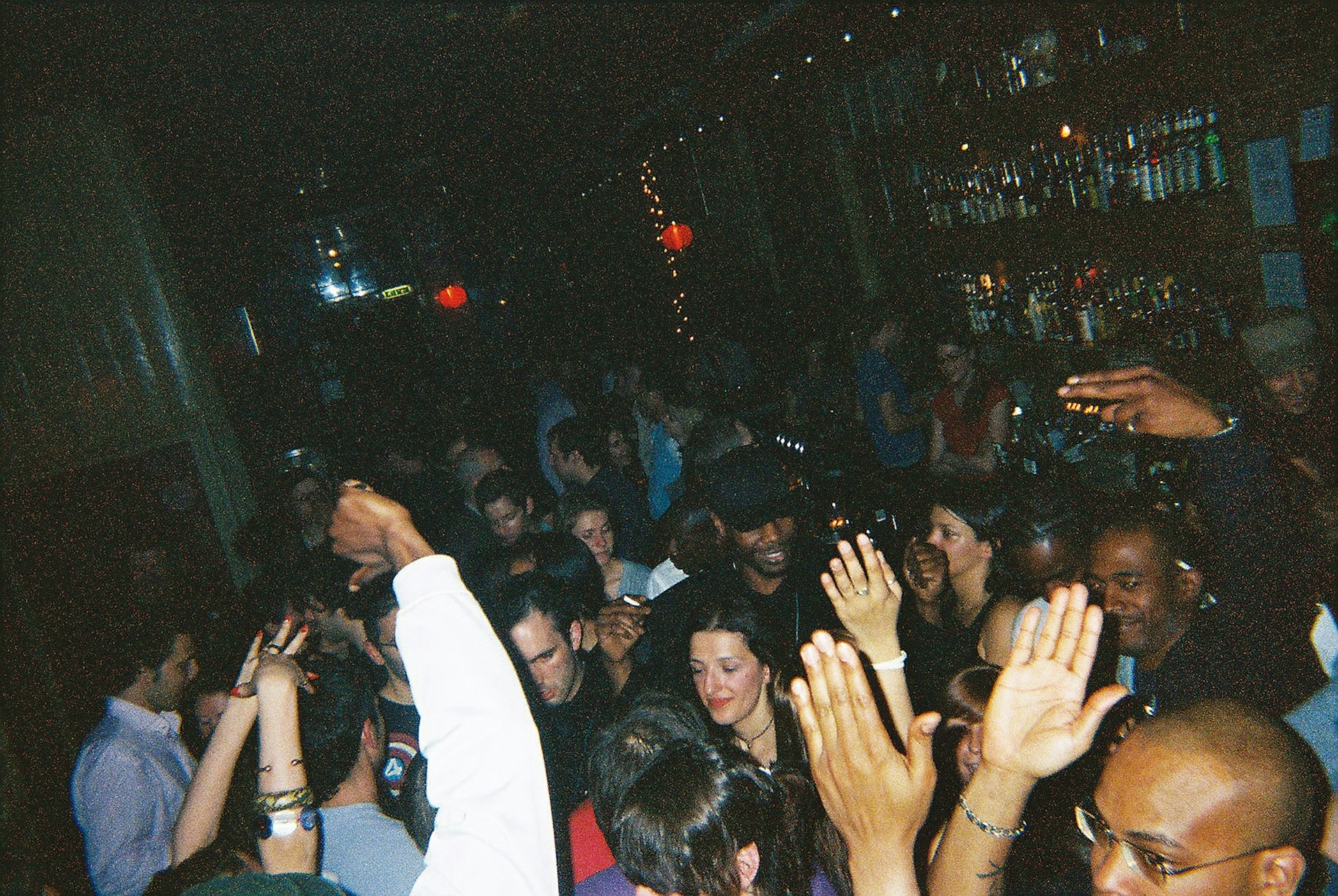
The story of the bar at the birth of street art
- Text by Josh Jones
- Photography by Yeshen
In ’80s New York, graffiti peeled off walls and appeared in galleries as a valued commodity. In ’90s London, a new movement evolved, and they imaginatively called it ‘street art’. While the bankers and dealers were working out how to make money off it, the artists were getting smashed at the Dragon Bar.
In 1998, Old Street was bleak. Taxis wouldn’t go there after dark and you definitely couldn’t get an oat flat white. This lawless backwater was cheap to live in and open to everyone – and that’s why the Dragon Bar was there. Founded by Justin Piggott and kept alive by Adi Hall, the Dragon Bar was one of those spots where everyone knew your name – like Cheers, if bits of it were on fire. The toilets were legendarily graffitied, there were block parties out the back and the gallery space upstairs was given to artists for free. Banksy had his first ever London show there, Ben Eine worked behind the bar, Faile and Bäst had their first UK shows there, INVADER stuck one of his space invaders outside. And one day it mysteriously burned down...
Back in the first Covid lockdown, co-founders of cult art ‘zine Pavement Licker, artist James-Lee Duffy and Huck Magazine editor Josh Jones realised there was no documentation of this place. It wasn’t obvious at the time that the Dragon Bar in London’s Old Street was to be an era-defining place filled with decade-defining artists. No one knew these people would go on to do the things they did but when they looked back, and asked around, the artists agreed. The Dragon Bar was a moment in art history that deserves a book about it. So that’s what they did – it took over three years but they made a 300-page, oral history of the iconic bar featuring contributions from the pioneers of street art, including Banksy, Faile, INVADER, ELK, Mode 2, EINE, Lucie Flynn, CEPT, Sweet Toof, AIKO, James Jessop and many more.
Here Josh Jones sits down with James-Lee Duffy to talk through the process of creating the book and their own memories of the bar 25 years since it opened.
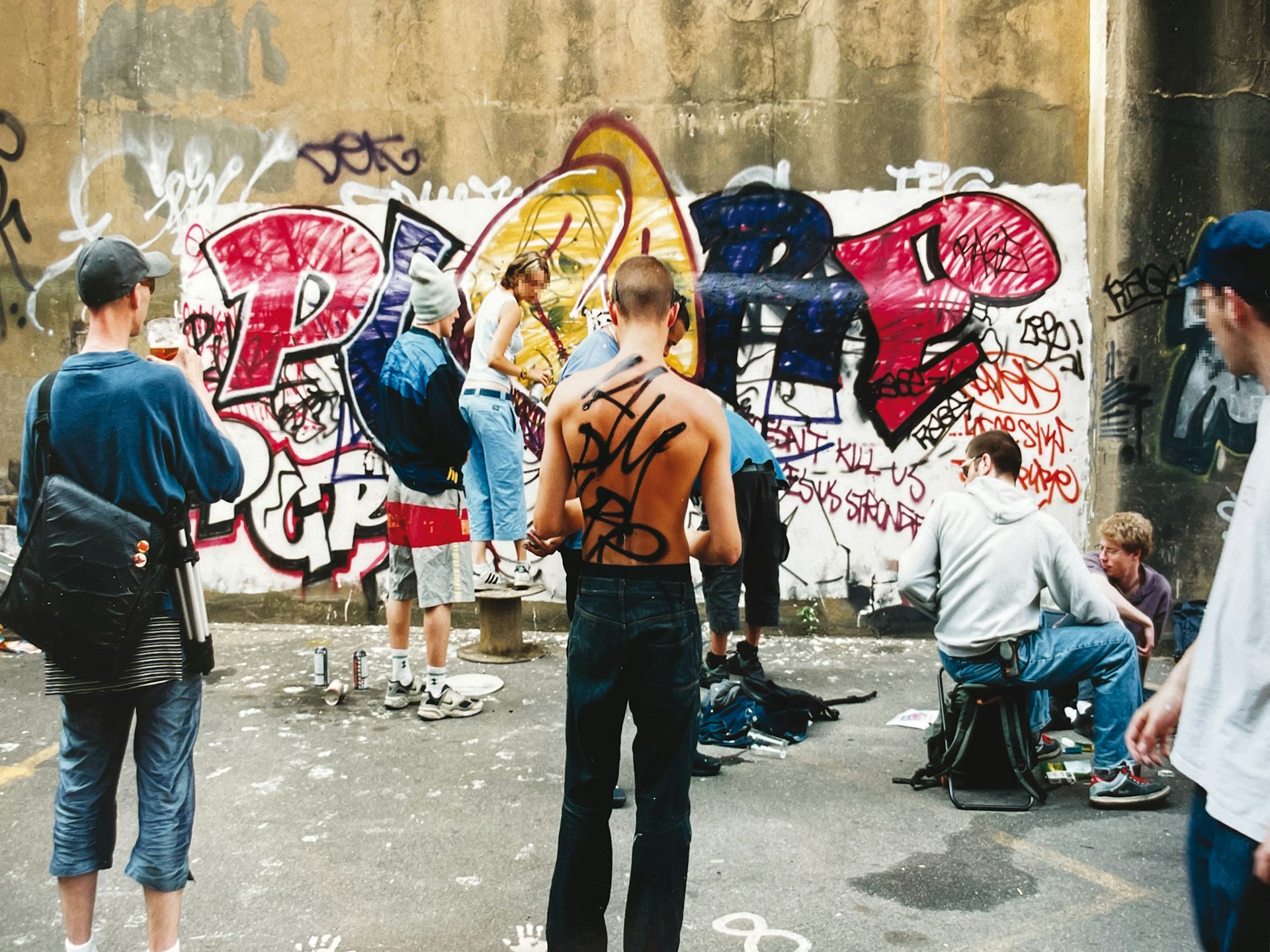
What made the Dragon Bar such an important place, James? And why do you think this book needed to be made?
The bar was a melting pot for creative, interesting, unique people who had something to say. It had this raw energy mixed with this very punk DIY aesthetic, which meant it was forever changing and adapting with the people who drank there. It was of a time when no one had mobile phones, Botox, had to update their profiles or answer emails. We realised we had to capture that energy in a book or it would have stayed a faded memory. The only way to do that properly was to self-publish so we could keep control of the book’s direction.
People wouldn’t recognise the Old St/Shoreditch area back then - it was literally barren wasn’t it?
Barren is not even the word for it… burnt-out cars, abandoned factories, a couple of pound in a pint strip clubs, very grey concrete, bombed buildings left from WW2, giant sewer rats and metal bars over windows. The smell was worse, like rotting meat.
We started making this book in the first Covid lockdown. I kinda figured it would take about a year. IT TOOK THREE AND A HALF! Did you think it would take that long?
Honestly, I expected it to take some time, but nearly four years is quite a lengthy time for a project. So much time was taken up with hunting down the images and stories. Most of the time people could not remember anything or they had some images on an old hard drive at their mum and dad’s house which we waited for but when we finally got them they were just their mates getting drunk.
It was you who introduced me to the place. Can you remember your first time there?
Yeah I can. It was a summer’s day on a Saturday in 1999 and my graphic designer mate Rich took me as he lived around the corner. I spent most of the time sitting at the bar drawing over these flyers and putting them back on the pile. Our friend Paul Camo joined us and said to me “Why are you doing that, you’re destroying someone’s work.” I replied “How else am I supposed to get my work out there.” I remember taking you - it was to a well rowdy drum and bass night going on in the basement.
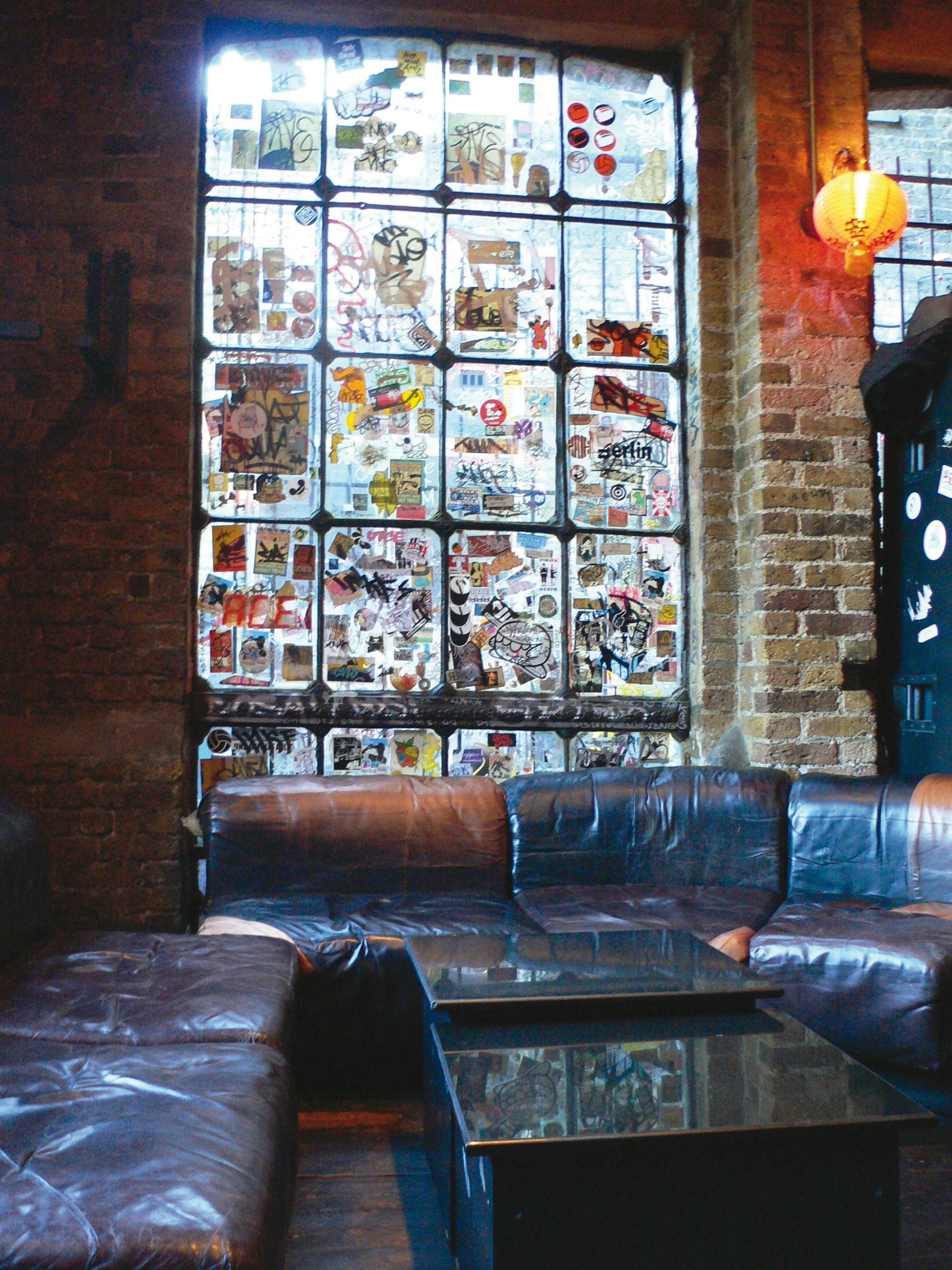
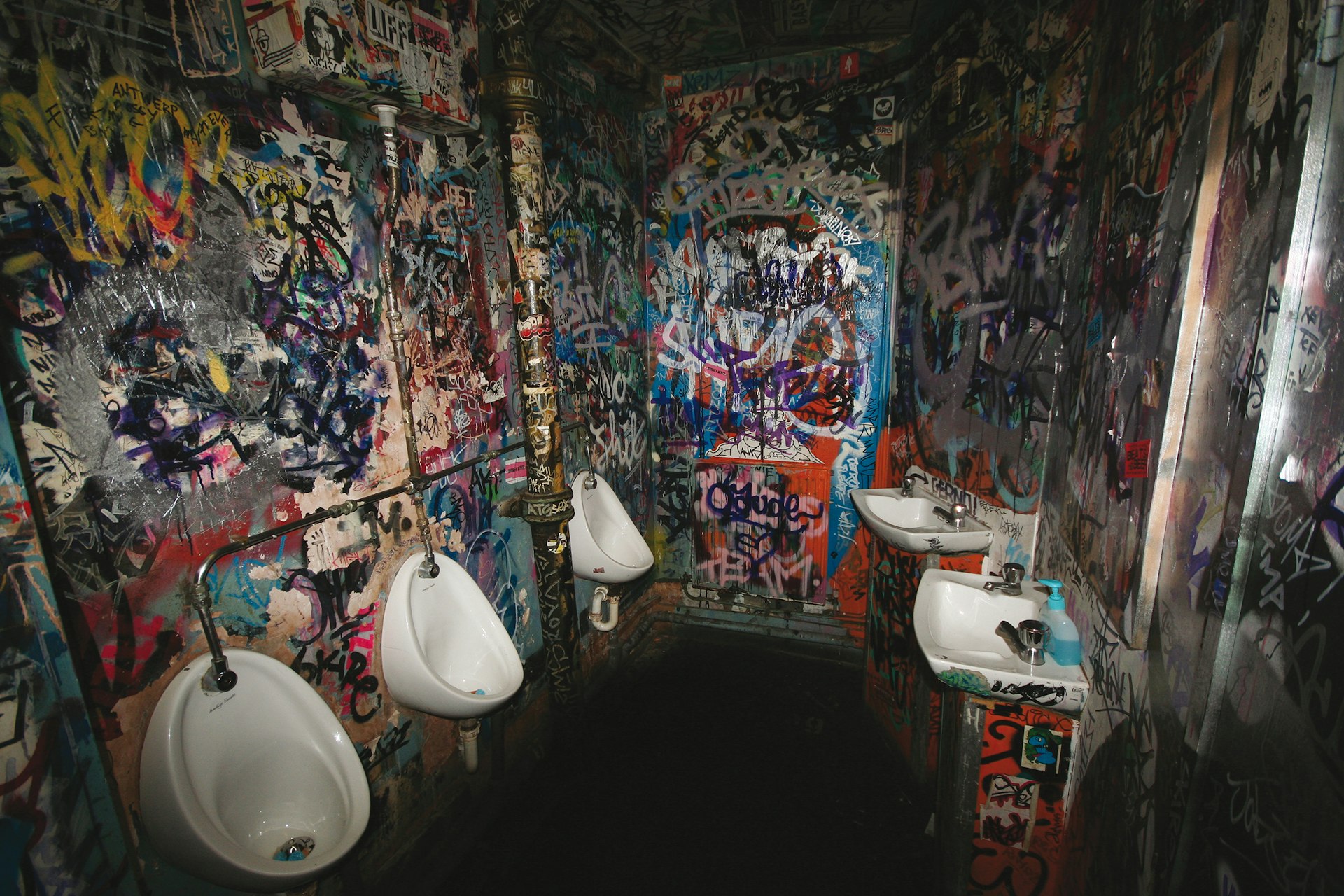
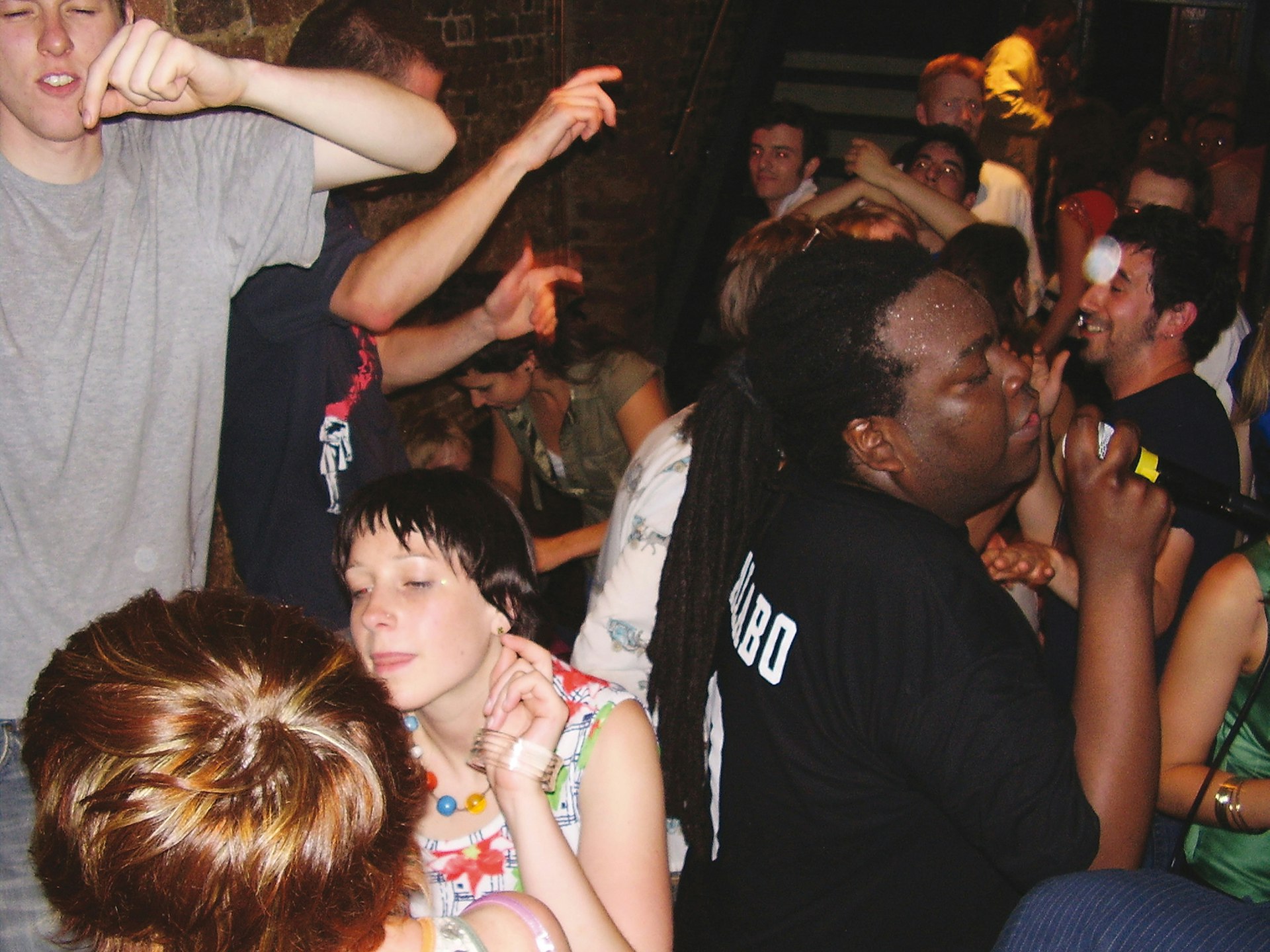
You were going under the name ORKO back then and getting your work about town on various mediums. Can you remember the street art movement starting to snowball?
The Dragon Bar attracted rebellious characters, and a lot of them were graffiti writers. If you mix these with artists, graphic designers, illustrators then of course you are going to get something new. Something not as pure and raw as painting on trains or walls but another form. So yes, I saw the change happen at the very start – for example, EINE who was (and is) a renowned graffiti writer started to make stickers and put up these wheat pastes of Frankenstein’s head. Or seeing Banksy’s sculpture pieces, stickers and stencils appearing. The bar became a living breathing canvas where every space was covered in spray paint, ink, stickers, wheat pastes or Krink.
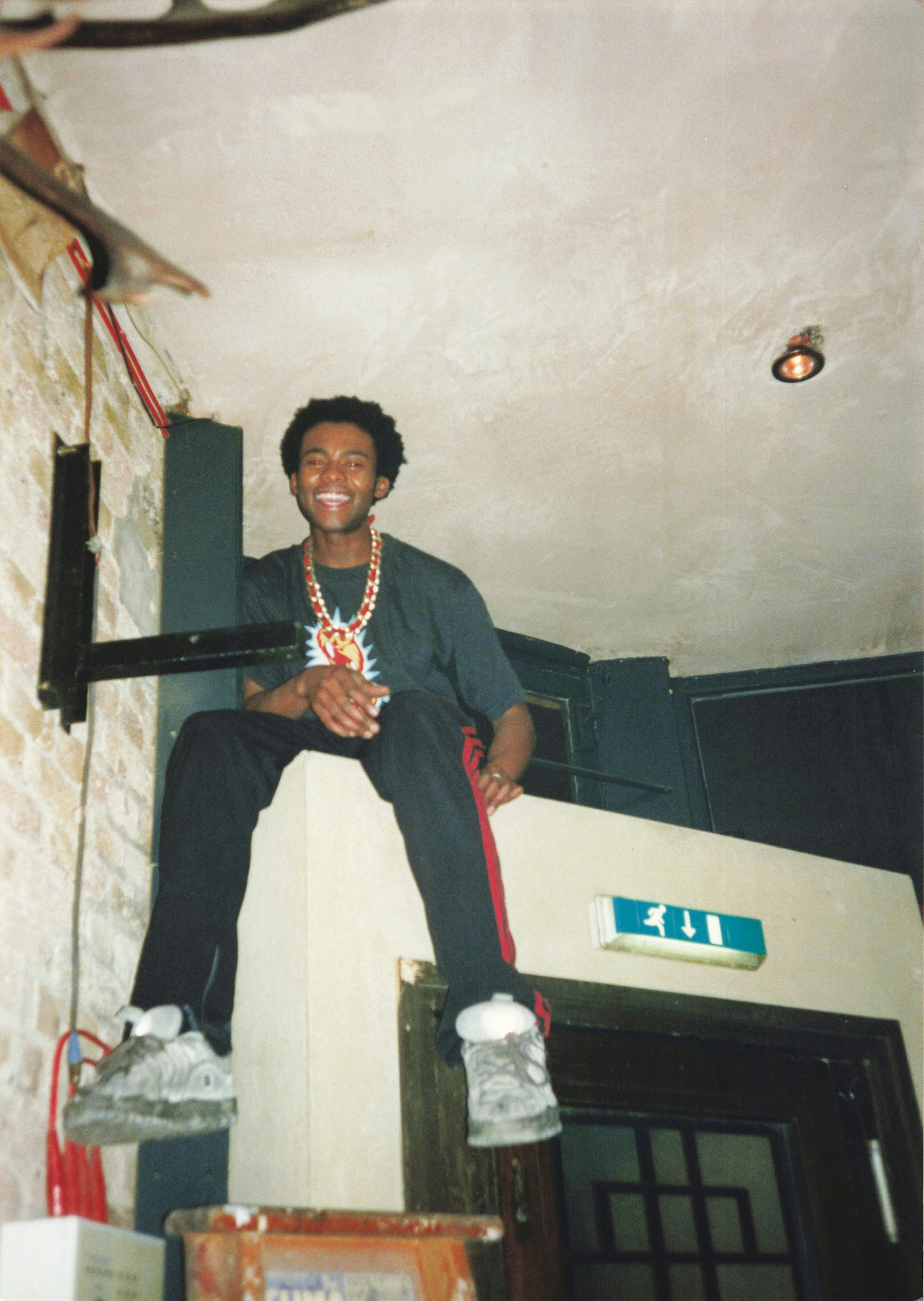
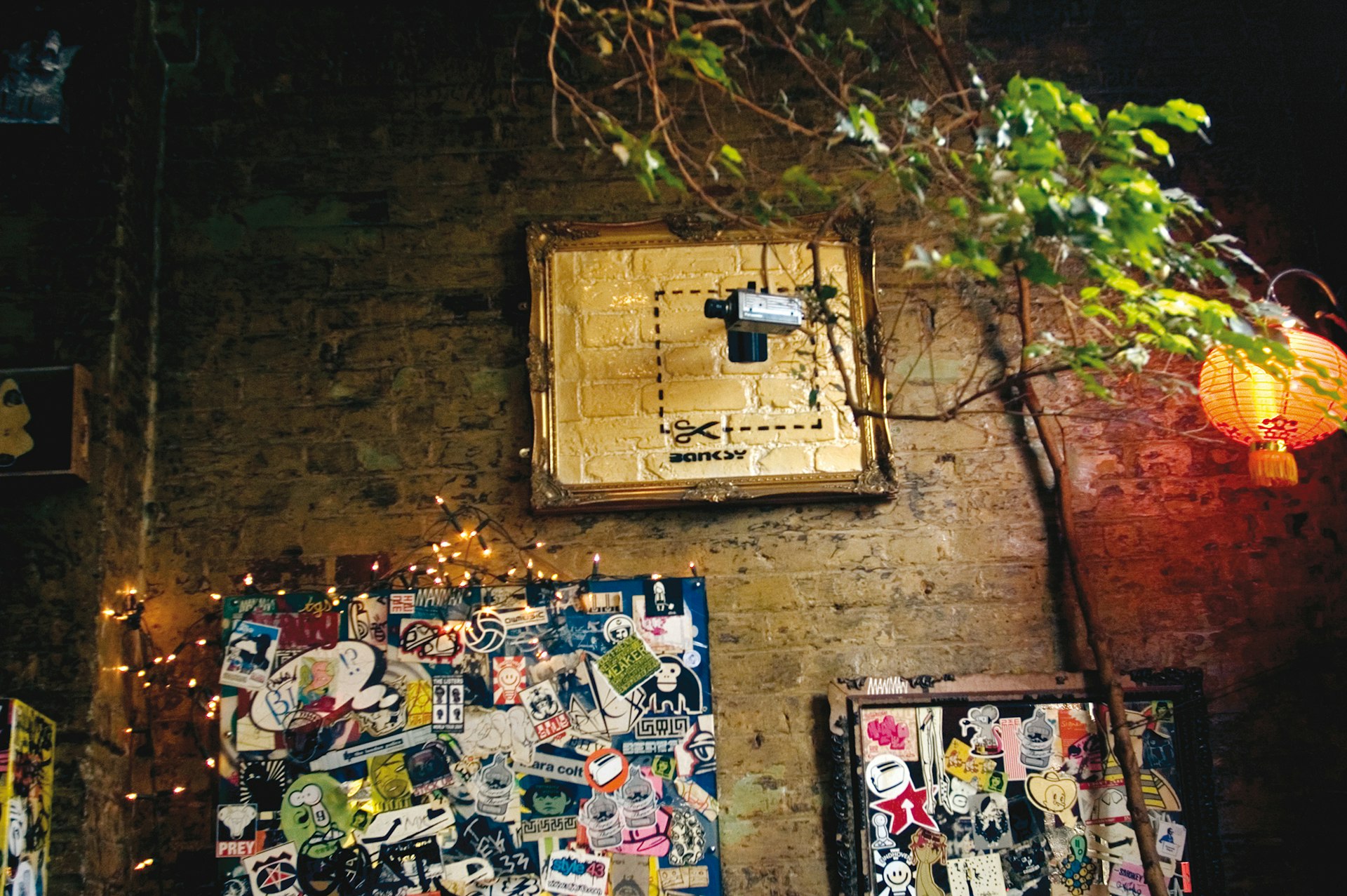
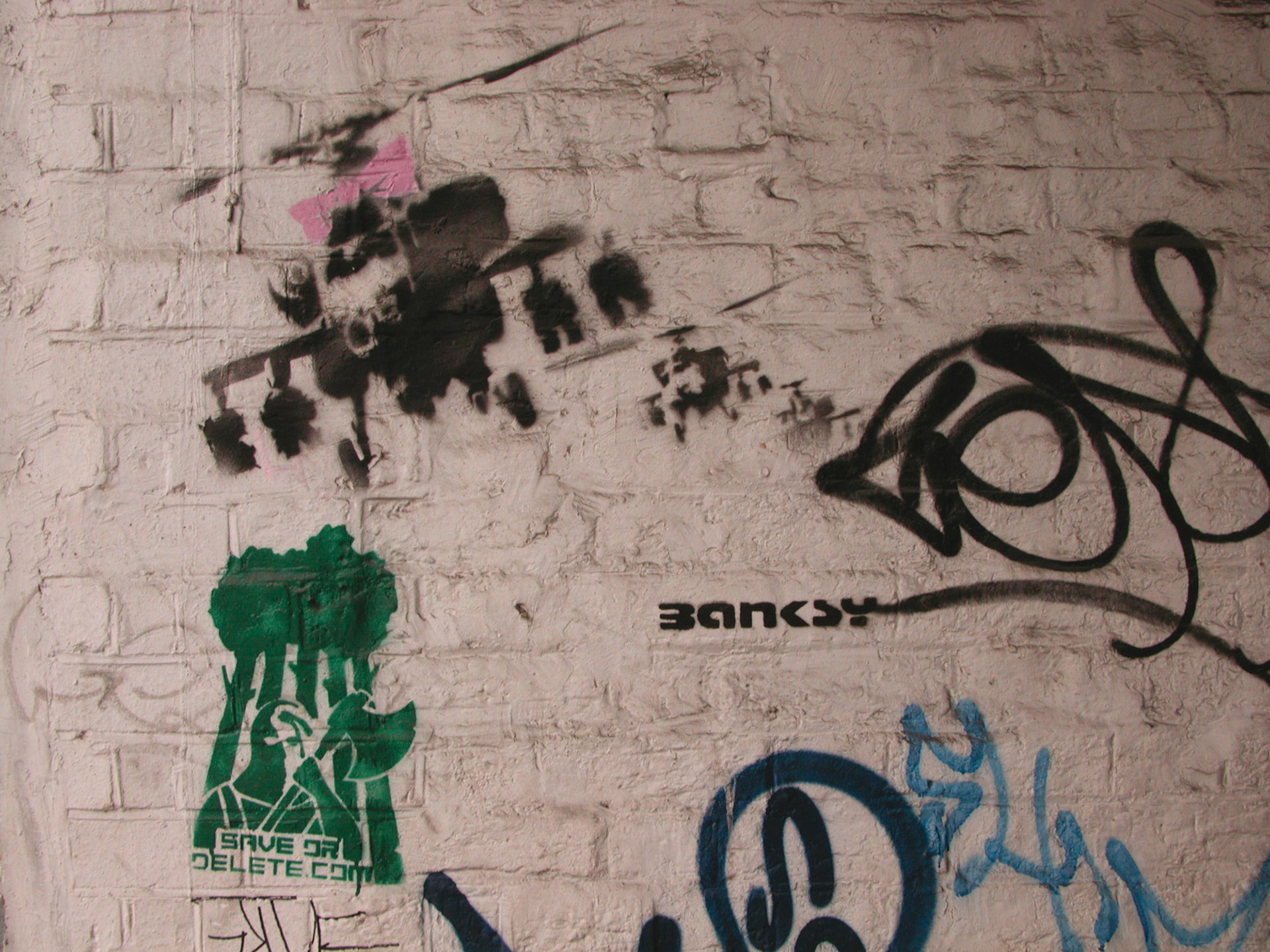
It wasn’t just a bar where people congregated. The Dragon Bar actively supported and facilitated everyone trying to do their own thing – and I think that’s what made it such a special place in the street art story.
100%. And not just for street art but for most creatives. For example, it gave Burn Gorman – or Beatbox Burn as he was known then – time to regularly perform on stage when he was part of DJ crew Decknology. And from there he went on to become a very successful actor. In fact I remember him telling me he had started acting classes and that he really wanted to get into acting.
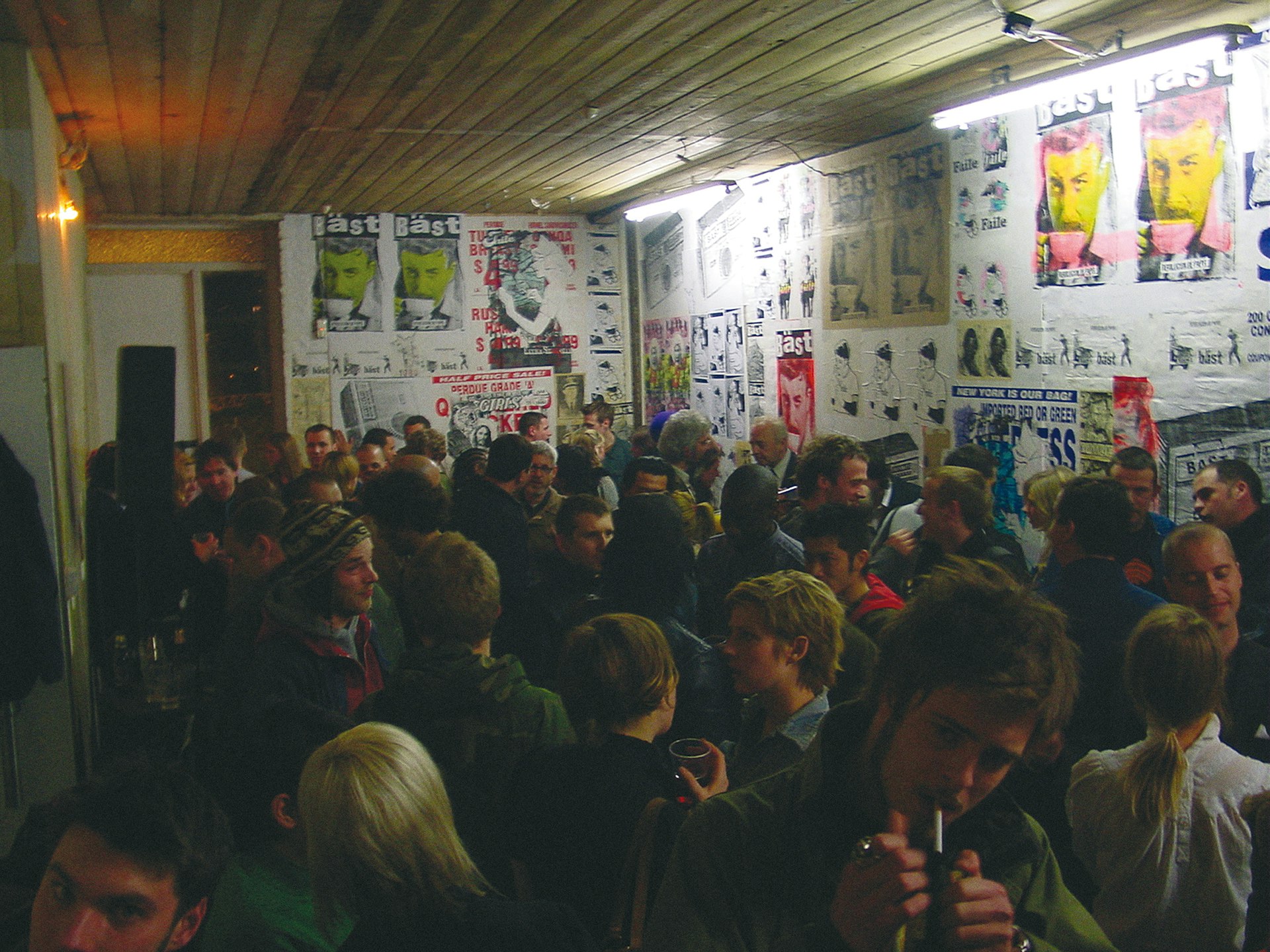
Wait - didn’t you fall off the wall in the car park and land in a photocopier one time?
Ha ha. You rotter! I said not to mention this… It was NYE and my girlfriend at the time was working behind the bar and of course she was giving me free shots. I got a little too over excited and ran out to the yard and decided to climb up the back of the 96 sheet billboard to get a view of the ‘fireworks’. I got to the top but slipped and fell off straight off back first on to an old dumped photocopier which made look like a tortoise stuck on his back.
What was your favourite art show/exhibition you went to there?
Easy - every time I went to the toilets there was a new piece of work on the walls. If you are asking about the gallery upstairs at the Dragon Bar then it would have to be Faile’s first London show. The combination of graphics, punk, typography, illustration and fly post blew my mind.

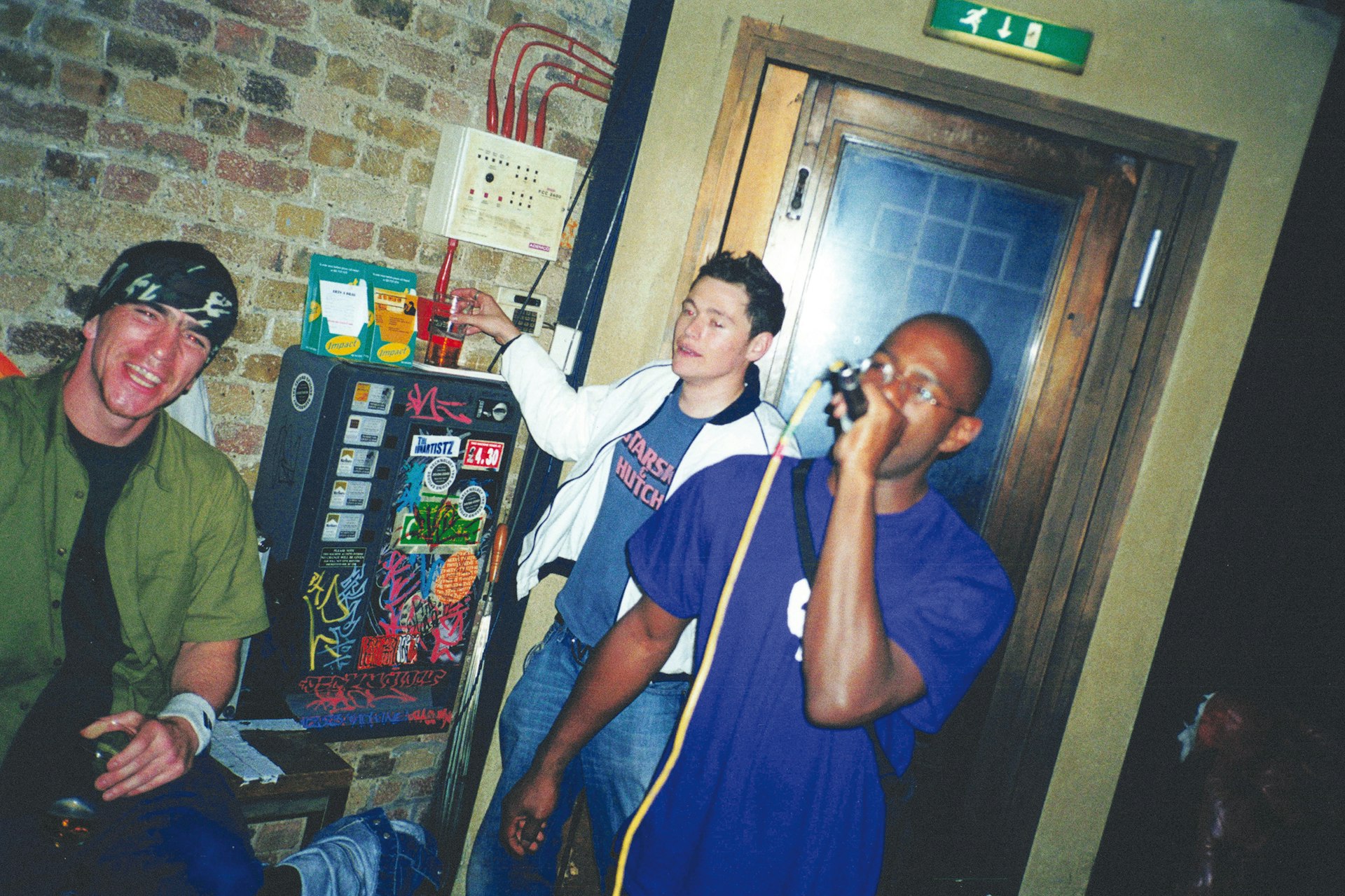
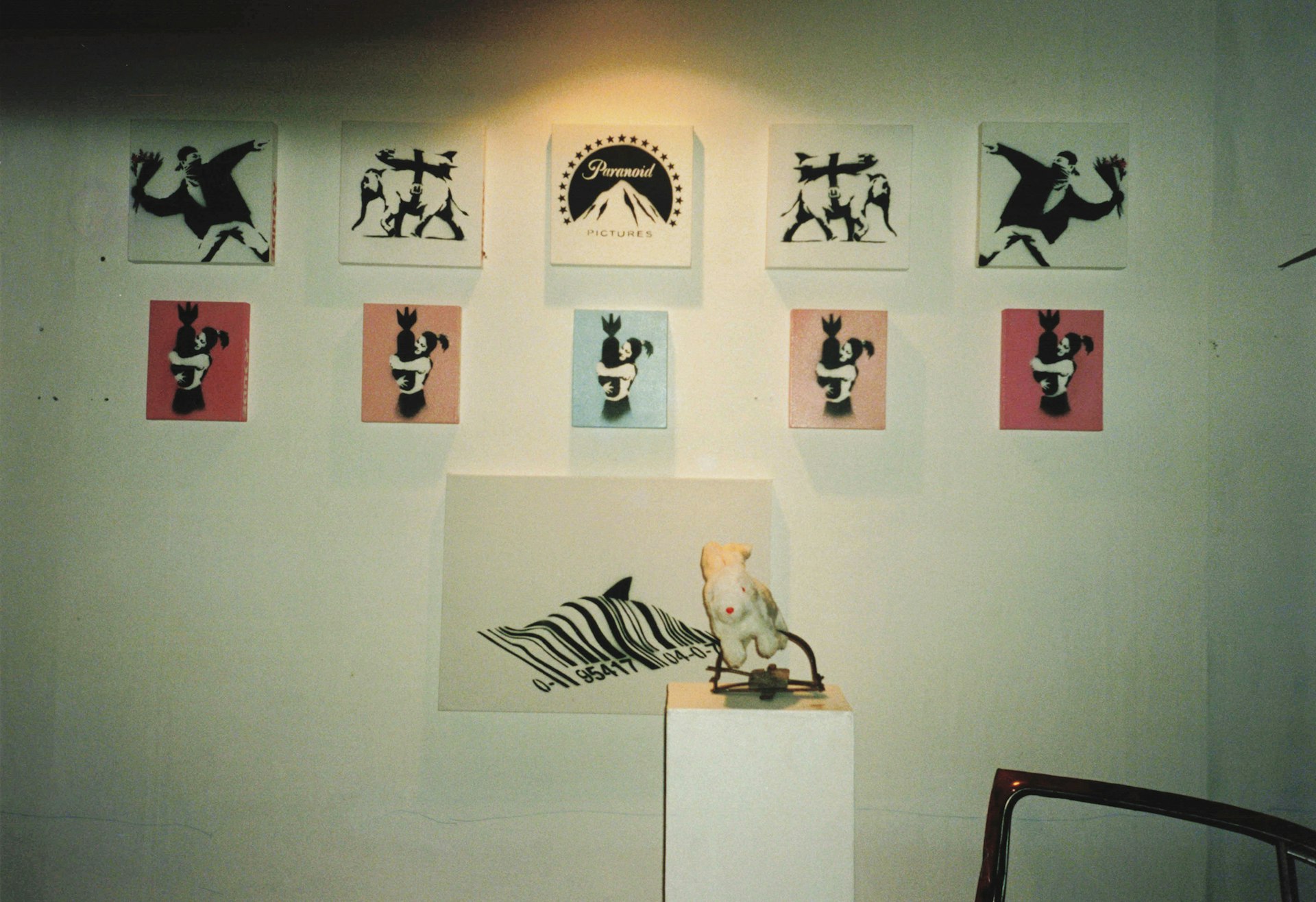

Do you have a favourite part of the book? I was pretty ecstatic when we finally got a quote from Banksy just before we went to print.
Yeah that was a crazy wet Monday message you sent me. I actually thought you were tricking me. For me, the photos of the windows covered in stickers, tags all over the celling, the art in the bar, the toilets and the art shows blow my mind the same as they did then.
What will you do with the tens of thousands of pounds we’re no doubt going to make from this book?
Start a bar. Actually, no. Start a movement.
The Dragon Bar 1998 - 2008 book is on sale internationally, published by Pavement Licker. Buy it here.
Enjoyed this article? Like Huck on Facebook or follow us on Twitter.
Support stories like this by becoming a member of Club Huck.
